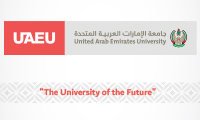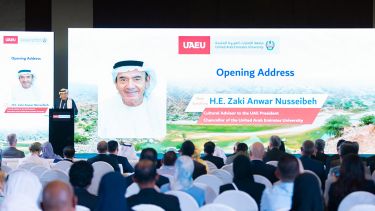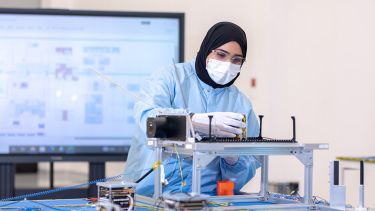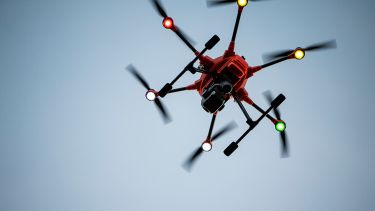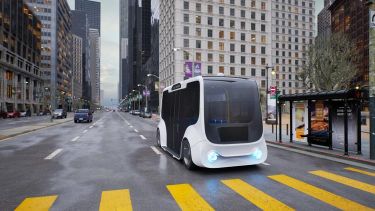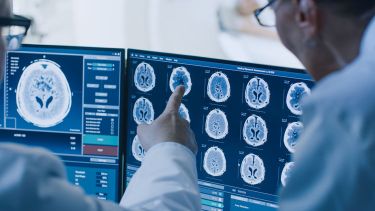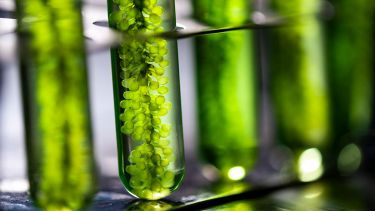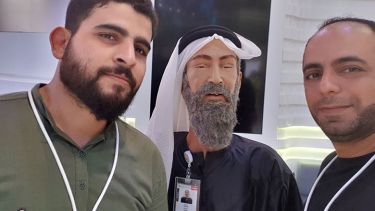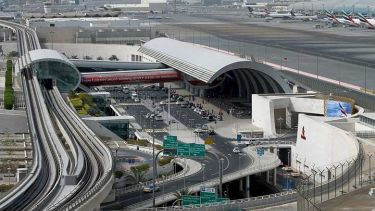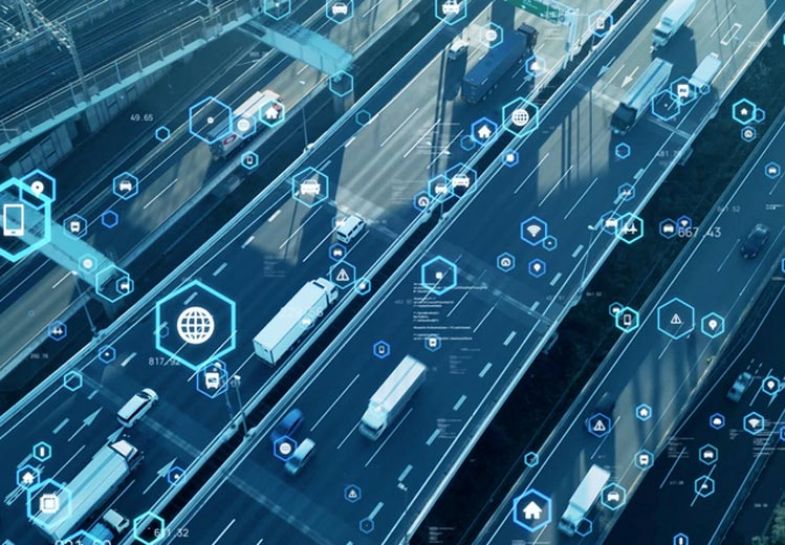
Speed kills, but not when it comes to computational efficiency. A newly developed genetic algorithm from United Arab Emirates University is applying an internet of vehicles approach to making our roads safer and more efficient
A penny for Henry Ford’s thoughts on the 21st-century automobile. Not only has the internal combustion engine been put on notice, but the march of digitalisation is spawning a new breed of vehicles equipped with machine learning to enhance road safety and traffic management. This technological evolution – the internet of vehicles – will ultimately bring self-driving cars to a street near you.
Leila Ismail, founding director of the Intelligent Distributed Computing and Systems Research Laboratory, and associate professor in the Department of Computer Science and Software Engineering at the United Arab Emirates University, says this evolution is inevitable. But if that makes us nervous then she has a more reassuring prediction; we might be looking at a future with close to zero road traffic accidents.
To make this happen, however, vehicles need more intelligent systems to process data and make better decisions faster. Ismail and her research team have developed a genetic algorithm that allows them to do just that. Such algorithms will be critical for road vehicles to meet safety standards.
“For autonomous driving, we require 99.99 per cent reliability of requests, and a high bandwidth of one gigabit per second,” Ismail says. “The latency for collision warning should be around 100 milliseconds latency, so you can see these are very stringent requirements. We created a new algorithm that will actually accelerate the communication of applications and their execution.”
This research could be filed under the internet of things, itself a superset of the internet of vehicles, and it will be central in the design of smart cities. The internet of vehicles relies on high-bandwidth internet connections and a network involving cloud and edge computing.
In smart city infrastructure, a central cloud data centre might have thousands of servers but is geographically further from the internet of things devices connected to it. The edge, meanwhile, is closer to the internet of things devices but has limited computing resources compared with the cloud. Ismail’s genetic algorithm was developed to create a more efficient and robust system in which the edge servers learn to select the best option out of all possible solutions and process the vehicle’s critical applications data to make the decision. “If the algorithm makes a decision which is not good enough then that decision will be penalised, and the algorithm will not take it [again],” Ismail says. “Algorithmically, it will search for the optimum solution.”
Ismail’s research was funded by the UAEU’s National Water and Energy Center. Her findings could be applied to adjacent fields in the internet of things, particularly the internet of drones, which also requires a computationally intensive and time-critical system to function in a dynamic environment.
Road safety and traffic management are evergreen issues for policymakers. Perhaps not for much longer if algorithm-based approaches such as Ismail’s reach their full potential. “I am confident that with this work we can have very close to zero accidents because we can have collision warning in real-time, very quickly – before the collision can take place,” she says. “But it needs the infrastructure to respond directly to the request of the vehicles.”
Read the research paper and find out more about Leila Ismail’s research.
Find out more about the United Arab Emirates University.
